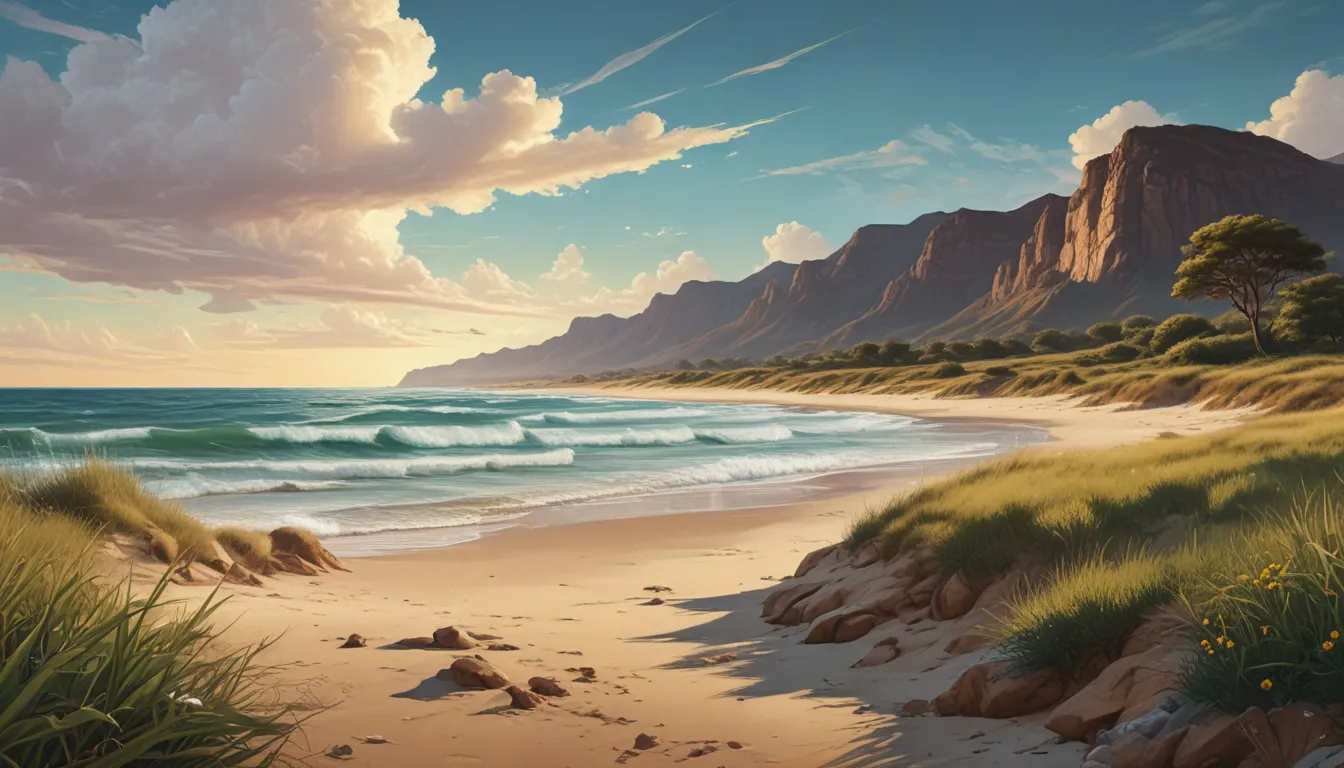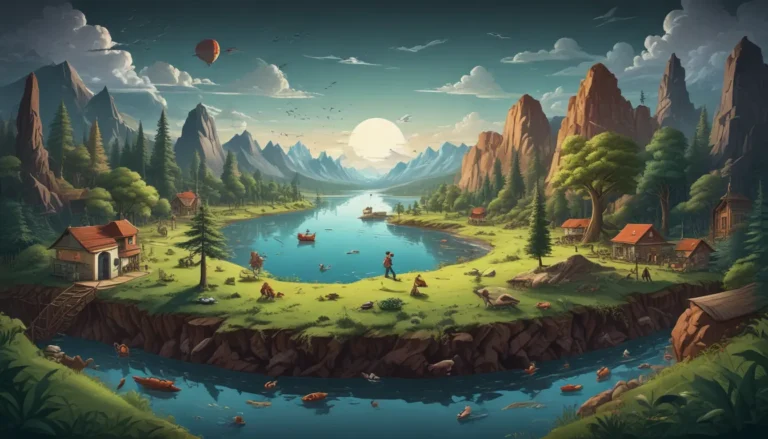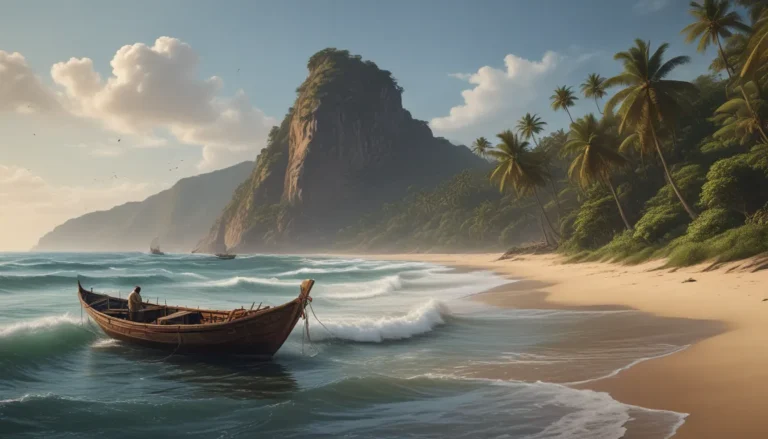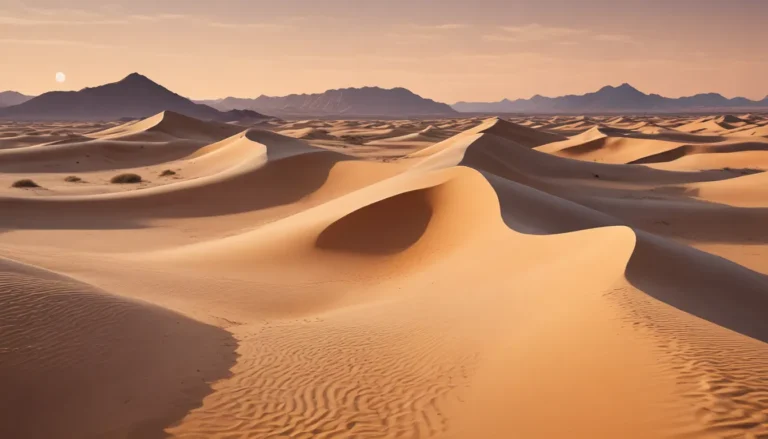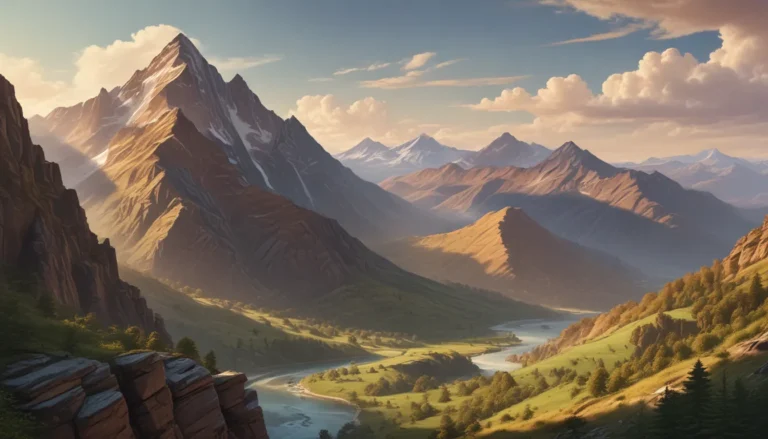A Note About Images: The images used in our articles are for illustration purposes only and may not exactly match the content. They are meant to engage readers, but the text should be relied upon for accurate information.
Welcome to the mesmerizing world of coastal plains, where the meeting point of land and sea gives rise to a symphony of natural beauty and ecological diversity. These expansive regions have fascinated explorers, scientists, and nature enthusiasts for centuries, offering a treasure trove of unique landscapes, diverse habitats, and rich cultural heritage. Join us as we delve into 15 extraordinary facts about coastal plains that will ignite your curiosity and deepen your appreciation for these enchanting environments.
Exploring the Marvels of Coastal Plains
Coastal plains, sprawling along the edges of continents, stand as one of the largest landforms on Earth, shaping the geography and ecosystems of coastal regions. Formed by the gradual accumulation of sediment over thousands of years, these plains boast a rich tapestry of diverse habitats, from salt marshes and wetlands to barrier islands and estuaries, supporting a vast array of plant and animal species.
A Haven for Wildlife and Bird Migration
The coastal plains serve as vital migratory routes for birds, offering essential stopover points for feeding and resting during their journeys. These habitats are teeming with diverse marine life, including coral reefs, seagrass beds, and mangrove forests that support a multitude of fish, turtles, and other marine organisms.
Agricultural Heartlands and Tourism Hotspots
With their fertile soils and moderate climates, coastal plains are ideal for agriculture, cultivating crops like cotton, rice, and sugarcane that contribute to global food production. Moreover, these regions are popular tourist destinations, attracting millions of visitors each year with their stunning beaches, vibrant wildlife, and unique cultural heritage.
Resilience Against Natural Forces
Despite their beauty, coastal plains are vulnerable to erosion and storm surges due to their low-lying nature. However, they play a crucial role in hurricane protection, with natural features like barrier islands and marshes acting as buffers against the impact of storms, safeguarding inland areas from excessive flooding.
Cultural Significance and Trade Routes
Throughout history, coastal plains have served as important trade routes, facilitating commerce and transportation between coastal cities. Their archaeological and historical significance offers valuable insights into past civilizations, adding to the allure of these regions steeped in cultural heritage.
Conservation Challenges and Recreational Opportunities
As coastal plains face threats of land loss and coastal erosion from factors like rising sea levels and human development, the need for conservation and sustainable management becomes increasingly imperative. Nonetheless, these regions offer a wealth of recreational activities, from hiking and camping to birdwatching and photography, providing ample opportunities for outdoor enthusiasts to connect with nature.
Embracing the Extraordinary Features of Coastal Plains
Whether you’re captivated by the rich biodiversity or simply in awe of the breathtaking landscapes, coastal plains have something to offer for everyone. Take a moment to appreciate the extraordinary features and vibrant ecosystems that make these regions so special, inviting you to explore, learn, and marvel at the wonders of nature.
FAQs: Unveiling the Mysteries of Coastal Plains
-
What are coastal plains?
Coastal plains are flat, low-lying areas of land adjacent to coastlines, formed by the deposition of sediments carried by rivers and streams. -
Where can coastal plains be found?
Coastal plains are found worldwide, usually along the margins of continents or large bodies of water, such as the Atlantic Coastal Plain in the United States. -
What makes coastal plains unique?
Coastal plains stand out for their flat, fertile land suitable for agriculture and diverse ecosystems supporting a wide variety of plant and animal species. -
How do coastal plains contribute to the local economy?
Coastal plains play a vital role in supporting industries like agriculture, fishing, and tourism, providing employment opportunities and generating revenue for local communities. -
Can you engage in recreational activities on coastal plains?
Absolutely! Coastal plains offer a plethora of recreational activities, including swimming, surfing, birdwatching, and hiking, making them sought-after destinations for outdoor enthusiasts.
As you embark on a quest to unravel the hidden gems of coastal plains, remember that these regions hold endless wonders waiting to be explored. From the mesmerizing landscapes to the unique ecosystems, each fact uncovered adds to the allure of these remarkable habitats. Embrace the journey of discovery, and let the magic of coastal plains inspire and enchant you as you venture into their extraordinary realms.
